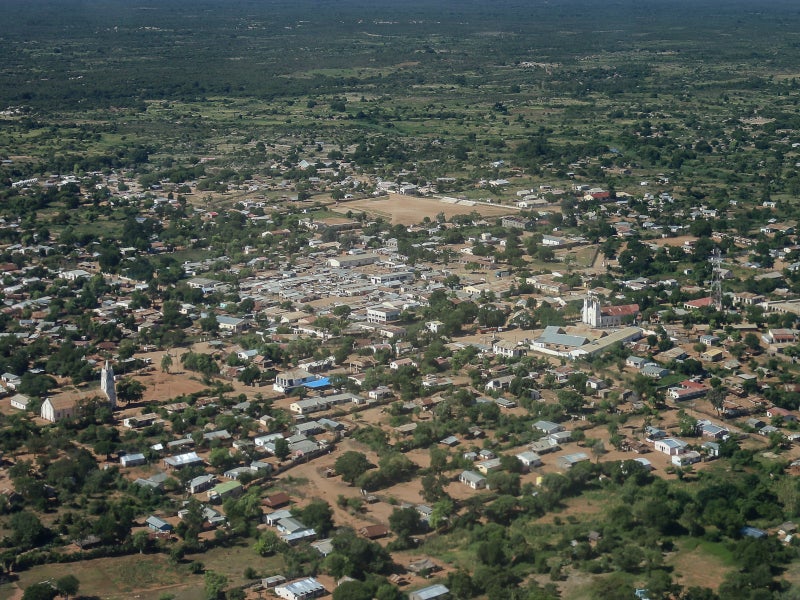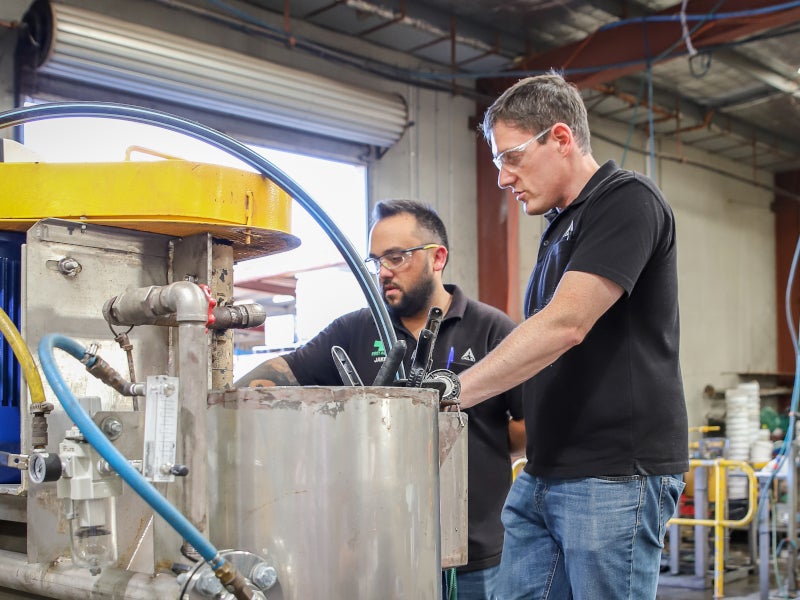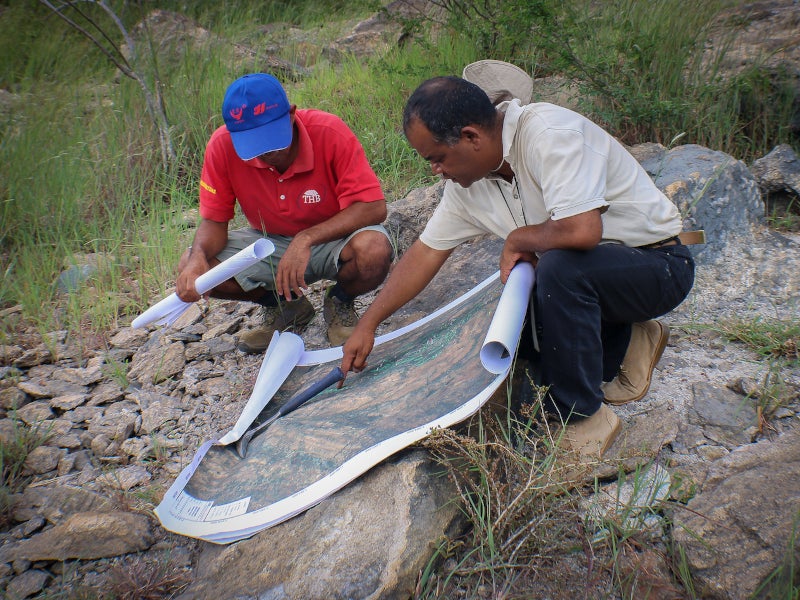The Maniry graphite project is an open-pit mine being developed in Madagascar, East Africa.
Evion Group, formerly known as BlackEarth Minerals, a mining company based in Perth, Western Australia, is developing the project.
The scoping study for the project was completed in January 2019 while the definitive feasibility study (DFS) was completed in November 2022.
The Maniry graphite project consists of three deposits, namely, Razafy, Razafy Northwest and Haja, of which Razafy and Razafy Northwest are considered for the current development.
The project is estimated to have a mine life of 21 years. The capital investment required for stage one development is estimated at $79.15m while that of stage two is estimated at $24.63m.
To be commissioned in 2025, stage one will have an annual processing throughput of 0.5Mt for the first three years of operation. Stage two will increase the capacity to 1Mtpa from year four of operations.
The project’s environmental and social impact assessment (ESIA) was completed in May 2023.
Project location
The Maniry graphite project is situated in the southwestern region of Madagascar, East Africa. The site lies approximately 180km southeast of Toliara and 225km northwest of Port d’Ehoala, also known as Tolanaro.
Geology and mineralisation
The deposits of the Maniry graphite project occur within metasediments of the Graphite Sequence. The deposits are situated slightly to the southwest of the Saririaky anorthosite massif.
Graphite mineralisation primarily occurs in quartzo-feldspathic rocks containing garnet and trace amounts of sillimanite. Razafy and Razafy Northwest deposits are found within the Graphite Sequence metasediment, which is hosted in a variety of rock types, including graphite schist, marble, quartzite, amphibolites and leucogneiss.
Reserves
The probable ore reserve at Razafy and Razafy Northwest is estimated at 16.2Mt grading 6.58% total graphite carbon (TGC) with 1.1Mt in contained graphite as of October 2022.
Mining method
Maniry graphite project will be developed as a conventional open-pit mine with drill and blast, load and haul operations using a contract mining approach.
The Razafy deposit will be developed with a single open pit while Razafy northwest will feature the north, south and central pits. The open pits will be developed with an average life-of-mine strip ratio of 2.1.
Mining operations will be sequenced in the form of cutbacks to ensure continuous processing of plant feed and minimise stockpile inventory. It will also enable a properly managed waste rock mining schedule necessary for key infrastructure construction.
The mining fleet will comprise 60t to 80t excavators and 30t to 40t capacity trucks.
Ore processing details
Stage one of the Maniry graphite project is expected to produce 39,000t of concentrates a year while stage two will increase the production to 56,400tpa.
The run-of-mine (ROM) ore will undergo two crushing stages in a primary and secondary crusher. The crushed ore will be screened while the fines will be transferred to a storage bin. The crushed ore will be transferred to a primary milling setup in a closed circuit for grinding.
The resultant slurry will then advance to the flotation circuit to produce a concentrated 95% TGC product. The concentrate will be subjected to dewatering, filtration and thermal drying to achieve a desired moisture level below 0.25% weight/weight (w/w). The dried product will be screened and sorted by size before being bagged separately.
The flotation tailings will be treated in a thickener to raise solids density to 60% w/w and stored in a residue facility. Meanwhile, the recovered filtrate will be recycled back to the process water circuit for reuse.
Stage two expansion will increase the processing throughput to 1Mtpa. The expansion will share equipment from stage one, including primary and secondary crushers, cleaner flotation, dryer, screening, bagging plant and building infrastructures.
Off-take agreements
A non-binding agreement was signed with Urbix in December 2022 to conclude a binding agreement in the future. Evion will supply 15,000Mtpa of product from the Maniry project under the terms of the agreement.
Site infrastructure
The site can be accessed from Toliara via an arterial sealed road, Route R13, and then via an unsealed road that cuts through to Ampanihy (RN10).
The power required for the project is proposed to be supplied by a hybrid solar / battery/diesel generator plant. The plant will be developed on a build-own-operate (BOO) basis with a minimum 15-year term contract and buy-out provision thereafter. Approximately 35% of the power consumption for stage one will be from solar.
Raw water will be sourced from a bore field and conveyed through a pipeline system. Bore pumps will transfer water to a large storage tank to meet the project’s overall water requirements.
An accommodation facility will initially be built locally to accommodate up to 80 individuals. The camp will be situated in Ampanihy, approximately 25km from the Maniry mine site.
Contractors involved
Inmett Projects, an engineering company specialising in the development of high-tech metallurgical complexes, was responsible for the project management.
Snowden Optiro, a mining advisory company, estimated the mineral resources for the Razafy and Razafy Northwest deposits.
Mining Focus Consultants prepared the mine planning and pit optimisation.
WSP Golder, a consulting, designing and construction company, was responsible for the project’s geotechnical and hydrological studies and the tailing storage facility design.
CPC Project Design was responsible for the metallurgical studies and provided the processing plant flowsheet. WSP Golder and CPC Project Design also worked together on the general project infrastructure designs.
Lexel, Juridique & Fiscal undertook the legal tenure review of the project while Modus Capital was responsible for the financial modelling.






